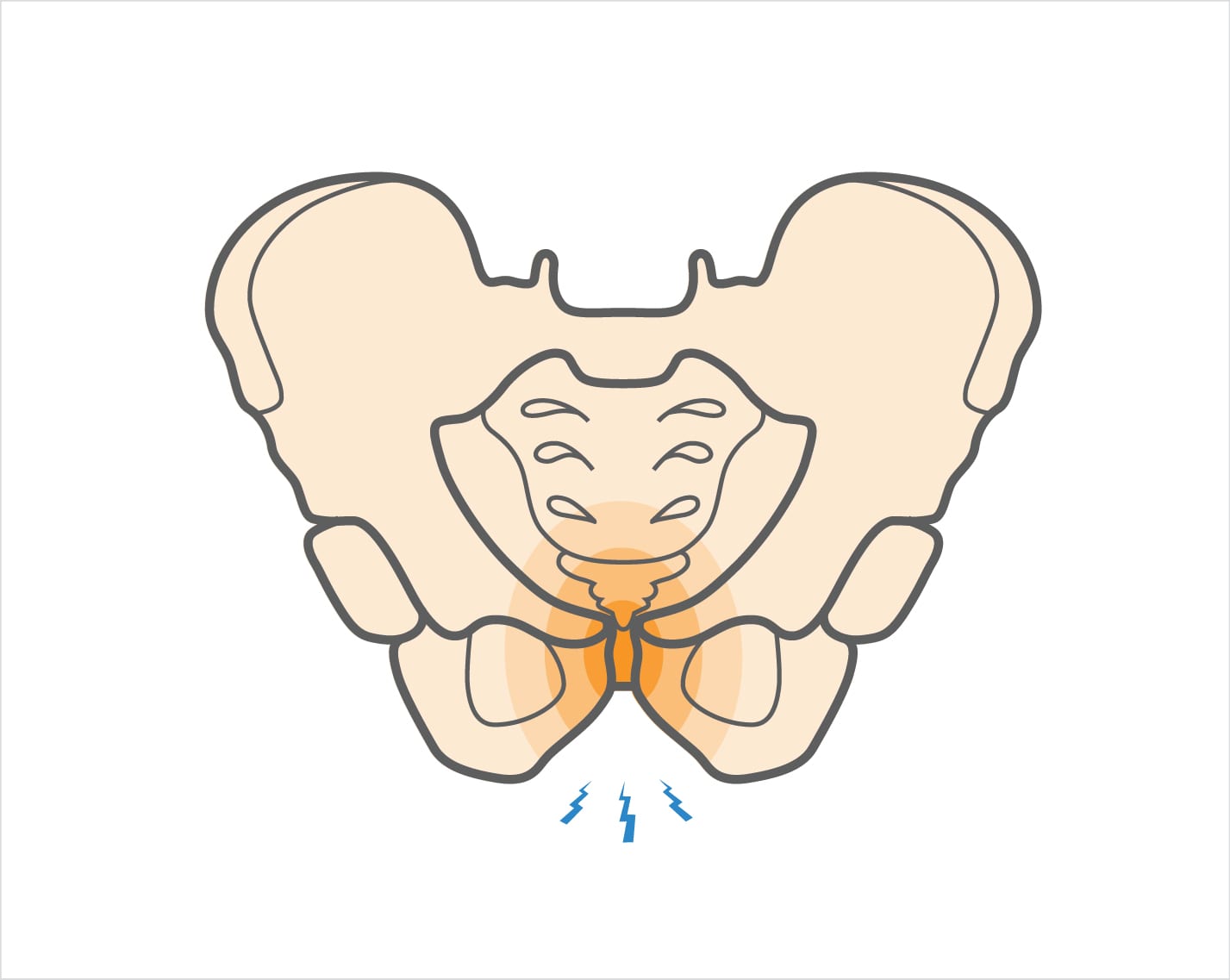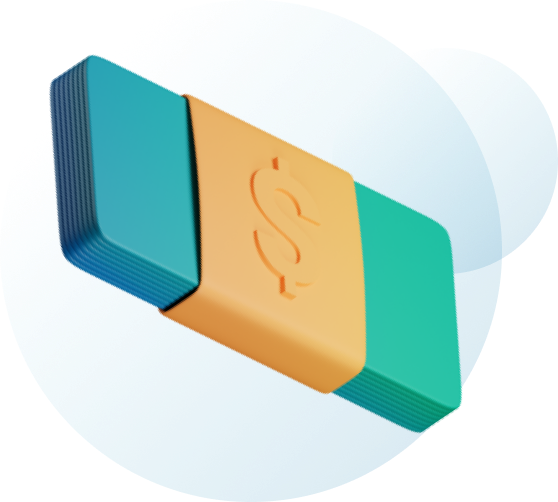Osteitis pubis occurs when bones that make up the front of the pelvis become inflamed. This condition is a source of groin pain and pelvic pain among athletes who play sports that involve repetitive motion that places stress on the pelvis, such as running, kicking, and quickly shifting direction. Early diagnosis and treatment of osteitis pubis is important for a quicker recovery.
Osteitis Pubis Causes, Symptoms & Treatment Options
Osteitis pubis occurs when bones that make up the front of the pelvis become inflamed. This condition is a source of groin pain among athletes who play sports which involve repetitive motion that places stress on the pelvis, such as running, kicking, and quickly shifting direction
Overview
Overview

What causes Osteitis Pubis?
Osteitis pubis is caused by repeated stress and force on the pelvis due to overuse. Another contributing factor is when the load placed on either side of the pelvis is not the same (asymmetric). Osteitis pubis can also result from improper training technique, a previous pelvic injury, or a major trauma to the pelvic area. The injury is relatively uncommon, and distinct from a groin pull or hernia.
Osteitis pubis is most common in these sports:
• Soccer
• Hockey
• Football
• Tennis
• Long distance running
Symptoms
People with osteitis pubis usually experience pain in the groin or lower abdomen that gradually increases over time. Common symptoms also include:
• Dull, aching pain felt on one or both sides of the groin
• Pain when touching the center of the pelvis
• Pain that gets worse with exercise, such as running, squatting, or doing sit-ups
• A clicking or popping feeling, especially when sitting up or walking on an incline
When to see a doctor
If you have symptoms of osteitis pubis, it is important to consult with your doctor. Some athletes mistakenly attribute their symptoms to a groin pull, sports hernia, or hip adductor strain. Left untreated, osteitis pubis can be debilitating, compromising your ability to play sports. To make a diagnosis, your doctor will ask questions about your medical history, any injuries you have sustained, and your level of physical activity. He/she will conduct a thorough physical examination, checking for muscle weakness and areas of groin pain or tenderness. Imaging tests such as X-rays or bone scans may be ordered to confirm the diagnosis and rule out other potential causes of pelvic pain.
Non-operative treatment
Treatment of osteitis pubis is almost always nonsurgical. Conservative treatments include:
• Rest
• Avoiding activity that causes pain in the pelvis
• Ice to reduce swelling
• Taking nonsteroidal anti-inflammatory drugs (NSAIDs), such as ibuprofen and naproxen, to help relieve pain and inflammation
• Physical therapy
Try these exercises to help address your condition:
Below is a PDF of the Exercise Program
Recovery
In most cases, athletes may only need to rest for a few days until pain subsides. A gradual return to normal activities can usually then begin under a doctor’s guidance. Severe cases may require a longer period or rest and treatment. Most importantly, it is essential to correct any muscle imbalances or training errors that led to the development of osteitis pubis to prevent its recurrence. Physical therapy and appropriate training can prevent you from developing osteitis pubis again.
GET BACK TO WHAT YOU LOVE. FASTER
Sources
https://emedicine.medscape.com/article/87420-overview
https://www.ncbi.nlm.nih.gov/pmc/articles/PMC4610909/
https://physioworks.com.au/injuries-conditions-1/osteitis-pubis
https://leadingedgephysicaltherapy.com.au/common-conditions/groin-pain/osteitis-pubis/
http://www.sportsinjuryclinic.net/sport-injuries/hip-groin-pain/groin-pain/osteitis-pubis
https://www.epainassist.com/sports-injuries/pelvic-groin-buttock-pain/osteitis-pubis-inflammation-of-the-pubic-symphysis
Frequently Asked Questions
Can osteitis pubis be confused with a hip adductor strain?
Yes, because both conditions involve groin pain and pelvic pain, many athletes with osteitis pubis are initially misdiagnosed with a hip adductor strain.
How long does it take to recover from osteitis pubis?
Recovery can take anywhere from 6 weeks to 6 months, depending on the severity of the inflammation of the pubic symphysis, the athlete’s adherence to rest and rehab, and whether there are complicating conditions like a sports hernia.
What are the common sports that lead to osteitis pubis?
Sports like soccer, rugby, distance running, and hockey often involve repetitive twisting, kicking, or sprinting, which places stress on the pelvis and can lead to osteitis pubis.
Can osteitis pubis become a chronic condition?
Yes, if left untreated or misdiagnosed as a hip adductor strain or sports hernia, osteitis pubis may become chronic, leading to persistent pelvic pain and restricted physical activity.

